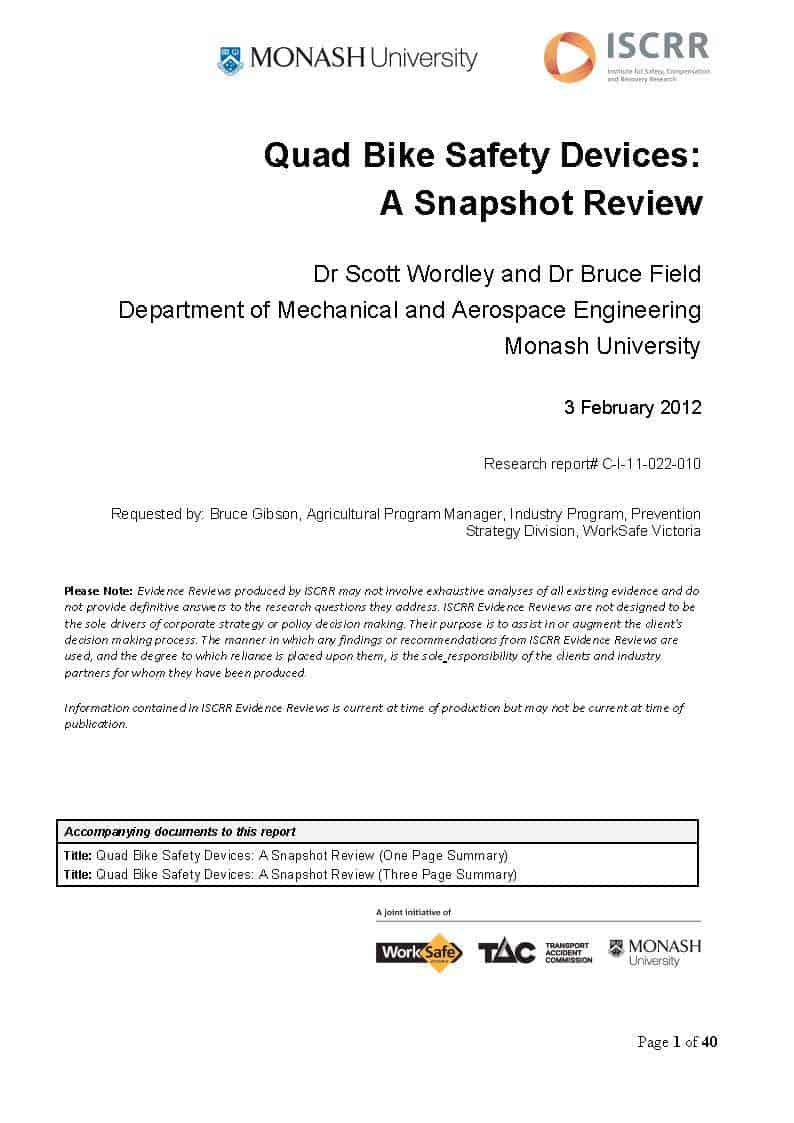There has always been a moral similarity between the occupational health and safety (OHS) profession and the environmental advocates. One focusses on the immediate safety of humans and the other on the long term safety of humans. This similarity can create challenges for organisations and industries that have workers in both environmental settings such as forestry and mining. This type of challenge is currently being faced by Dr Nikki Williams of the Australian Coal Association.
In an article in the Weekend Australian on 10 March 2012 Dr Williams expressed concerns over a Greenpeace campaign against coal mining. (Significantly the newspaper included no quotes from either Bob Brown of the Australian Greens or from Greenpeace. ABC News did on on March 6 2012) She inadvertently compliments the campaigners by saying the campaign shows a “a very high level of planning”, is “sophisticated” and “very detailed”. Continue reading “The synchronicity of safety and environment”




